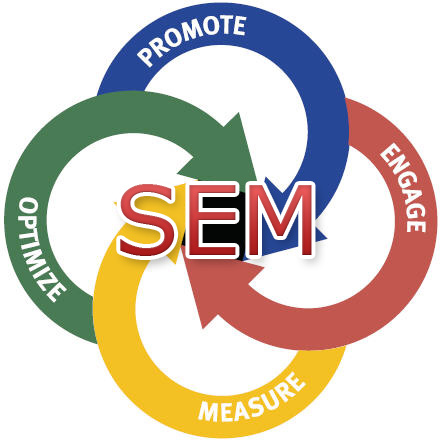Back in 2002, the Federal Trade Commission (FTC) established guidelines for the various search engines to follow when it came to distinguishing to the users what results are paid for and what results are natural, or free, listings. This included paid advertisements, paid placements, and paid inclusion programs.
Surprisingly, it is taken over 10 years for the FTC to update these guidelines despite the vast changes that have occurred with search engines, their products, and how advertising is integrated.
Yesterday the FTC released updated guidelines for the search engine industry and how it distinguishes between advertising and natural search results. Particularly, the FTC believes that in recent years it has become less easy for consumers to recognize what is paid and what is not. Their primary objective is to ensure that advertising isn’t misleading consumers into believing they are natural search results.
The letters note that in recent years, paid search results have become less distinguishable as advertising, and the FTC is urging the search industry to make sure the distinction is clear.
One of their concerns is the fact that paid ads and ad blocks aren’t clearly shown to be paid advertisement, with the labels that have significantly smaller text, or that are more he then on the top right corner of an ad block as opposed to the left corner. They believe consumers may not note the reference to paid advertising when it is over on the right side.
We have observed that search engines have reduced the font size of some text labels to identify top ads and other advertising and often locate these labels in the top right-hand corner of the shaded area or “ad block,” as is the case with top ads. Consumers may not as readily notice the labels when placed in the top right-hand corner, especially when the labels are presented in small print and relate to more than one result. Web research suggests that web pages are normally viewed from left-center to right, with substantially less focus paid to the right-hand side. (more…)